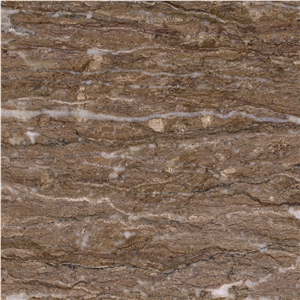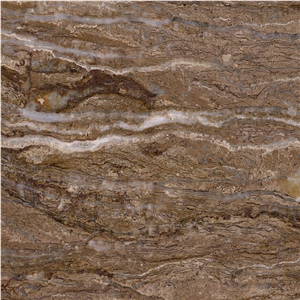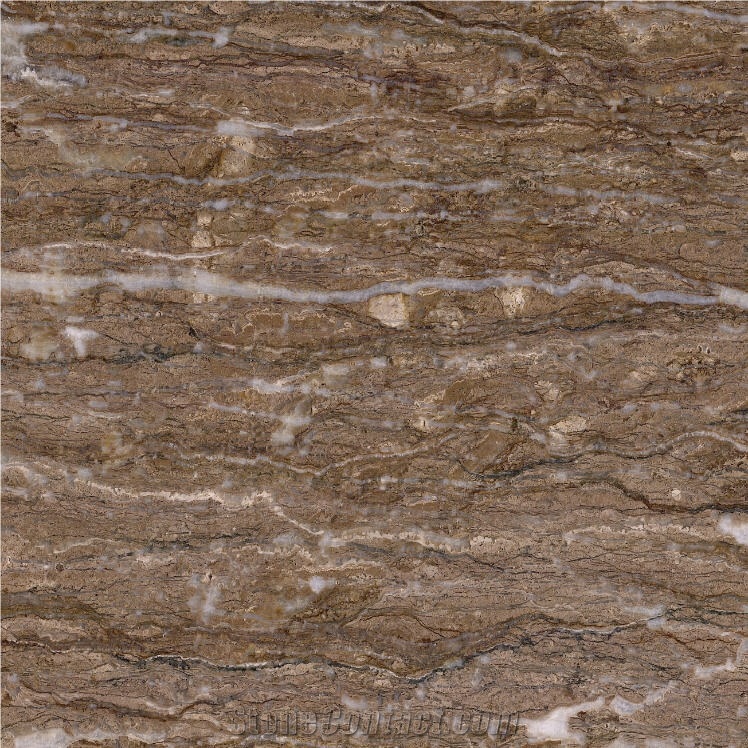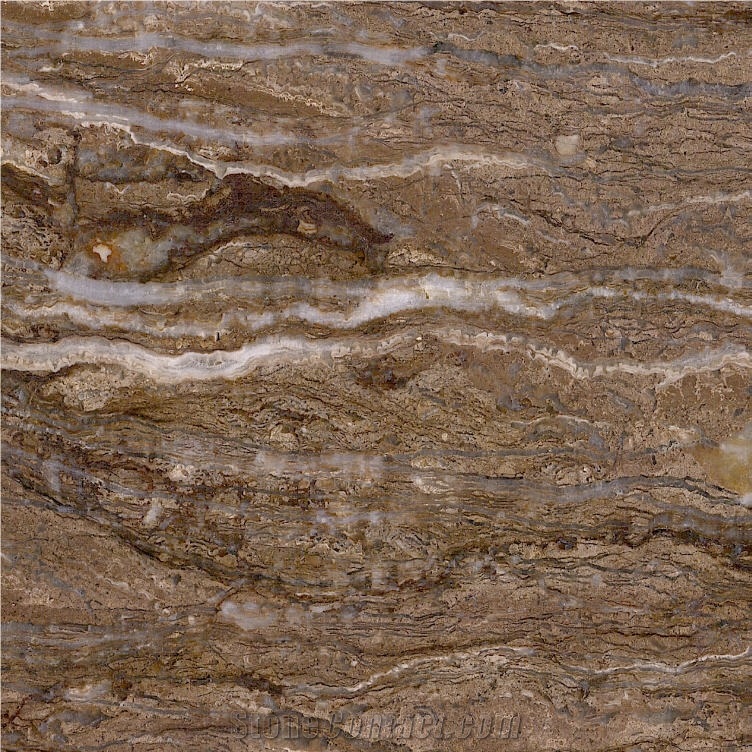Can Iran's Walnut Mahallat Travertine be used exterior applications in very dusty climates?
Irans Walnut Mahallat Travertine is a durable and versatile stone that can be used for exterior applications, including in dusty climates. However, it is important to consider a few factors before using it in such conditions:
1. Durability: Walnut Mahallat Travertine is known for its strength and ability to withstand various weather conditions. However, it is advisable to ensure that the stone has been properly sealed to protect it from dust accumulation and potential damage.
2. Sealing: Applying a high-quality sealer to the Walnut Mahallat Travertine can help protect it from dust, dirt, and moisture. Regular resealing may be required to maintain its resistance to dust infiltration.
3. Maintenance: Regular maintenance, including cleaning and dusting, should be performed to keep the stone in good condition. Regular removal of dust and debris will help prevent it from settling into the stone and affecting its appearance.
4. Surface Texture: The surface texture of Walnut Mahallat Travertine may vary, and certain finishes, such as a honed or polished finish, may be more prone to showing dust and dirt compared to a tumbled or brushed finish. Consider selecting a finish that is less likely to visually highlight the dust in the environment.
Ultimately, it is advisable to consult with stone professionals or suppliers with experience in the specific climatic conditions to determine the suitability of Walnut Mahallat Travertine for your particular exterior application in very dusty climates.
Irans Walnut Mahallat Travertine is a durable and versatile stone that can be used for exterior applications, including in dusty climates. However, it is important to consider a few factors before using it in such conditions:
1. Durability: Walnut Mahallat Travertine is known for its strength and ability to withstand various weather conditions. However, it is advisable to ensure that the stone has been properly sealed to protect it from dust accumulation and potential damage.
2. Sealing: Applying a high-quality sealer to the Walnut Mahallat Travertine can help protect it from dust, dirt, and moisture. Regular resealing may be required to maintain its resistance to dust infiltration.
3. Maintenance: Regular maintenance, including cleaning and dusting, should be performed to keep the stone in good condition. Regular removal of dust and debris will help prevent it from settling into the stone and affecting its appearance.
4. Surface Texture: The surface texture of Walnut Mahallat Travertine may vary, and certain finishes, such as a honed or polished finish, may be more prone to showing dust and dirt compared to a tumbled or brushed finish. Consider selecting a finish that is less likely to visually highlight the dust in the environment.
Ultimately, it is advisable to consult with stone professionals or suppliers with experience in the specific climatic conditions to determine the suitability of Walnut Mahallat Travertine for your particular exterior application in very dusty climates.
 Iran
(Mahallat County, Markazi Province)
Iran
(Mahallat County, Markazi Province)




















 United Kingdom
United Kingdom Lebanon
Lebanon